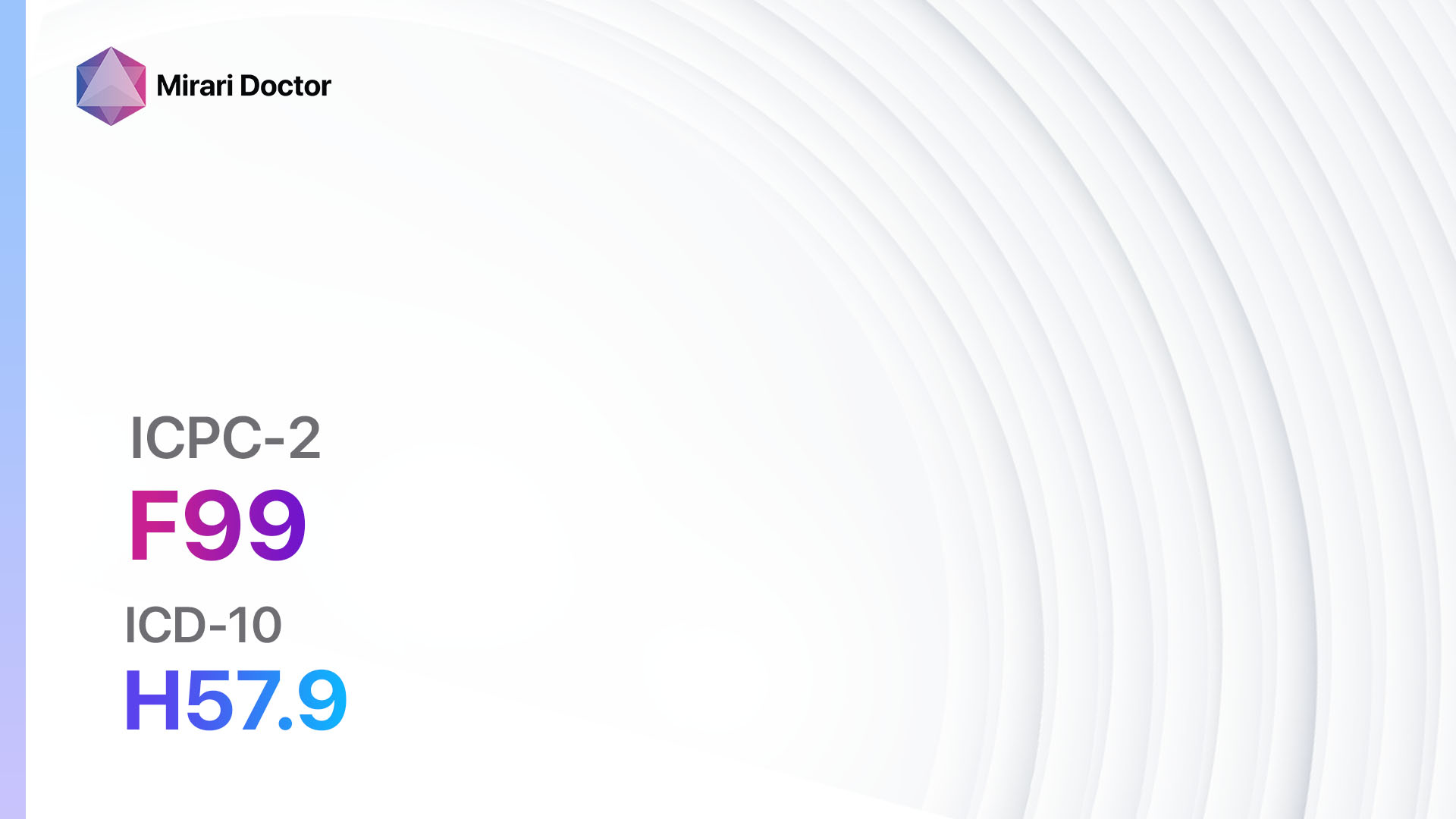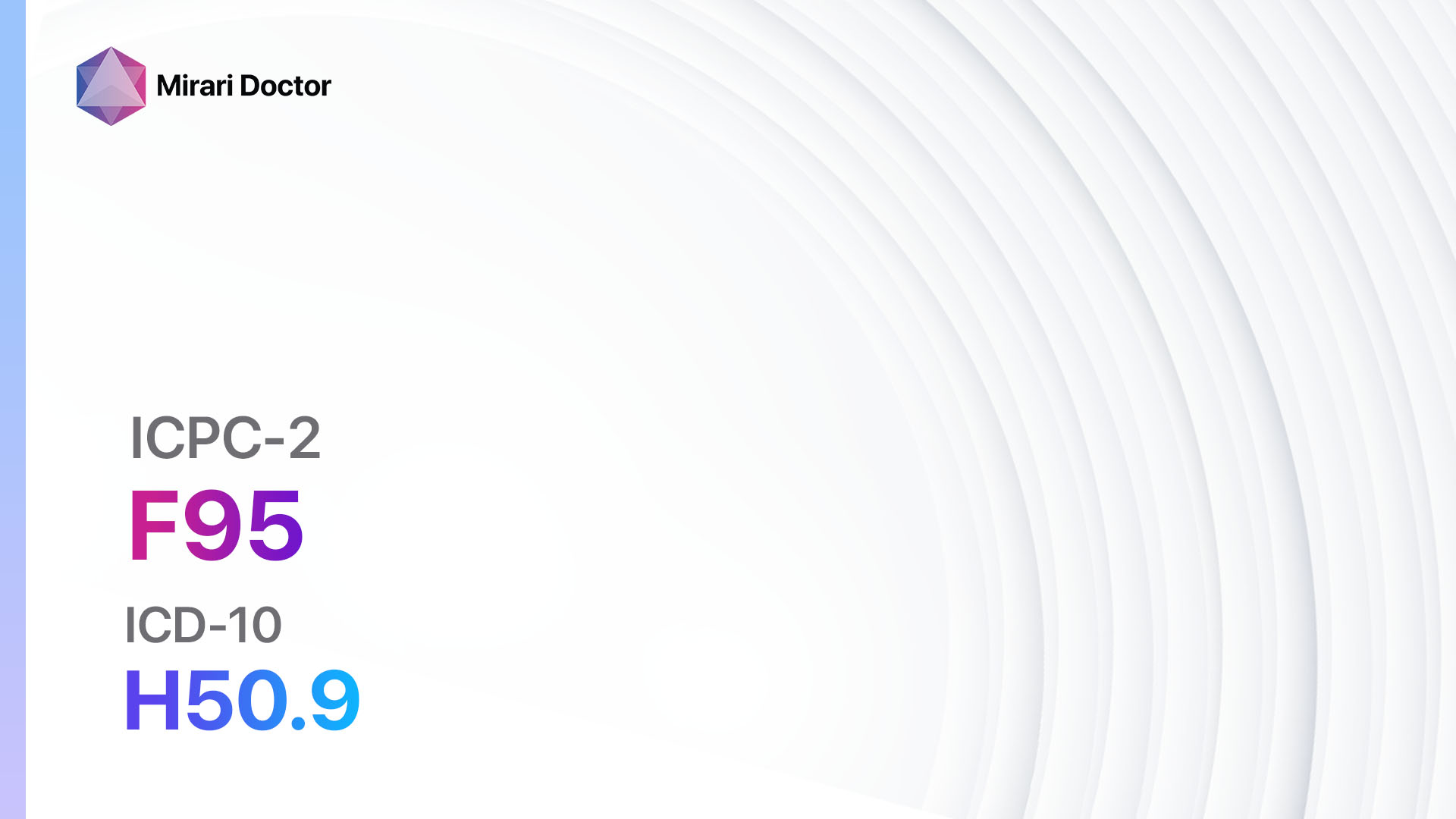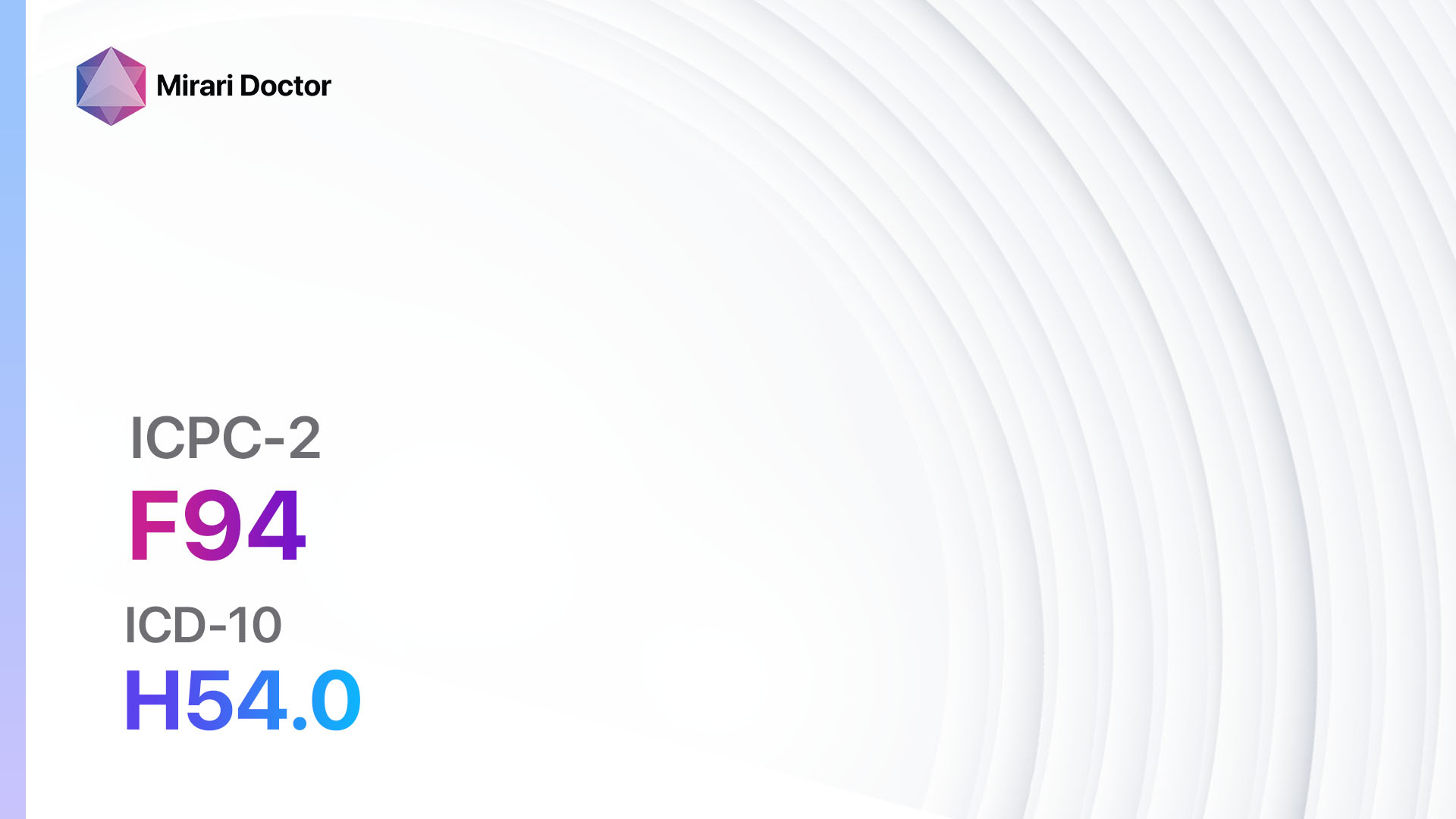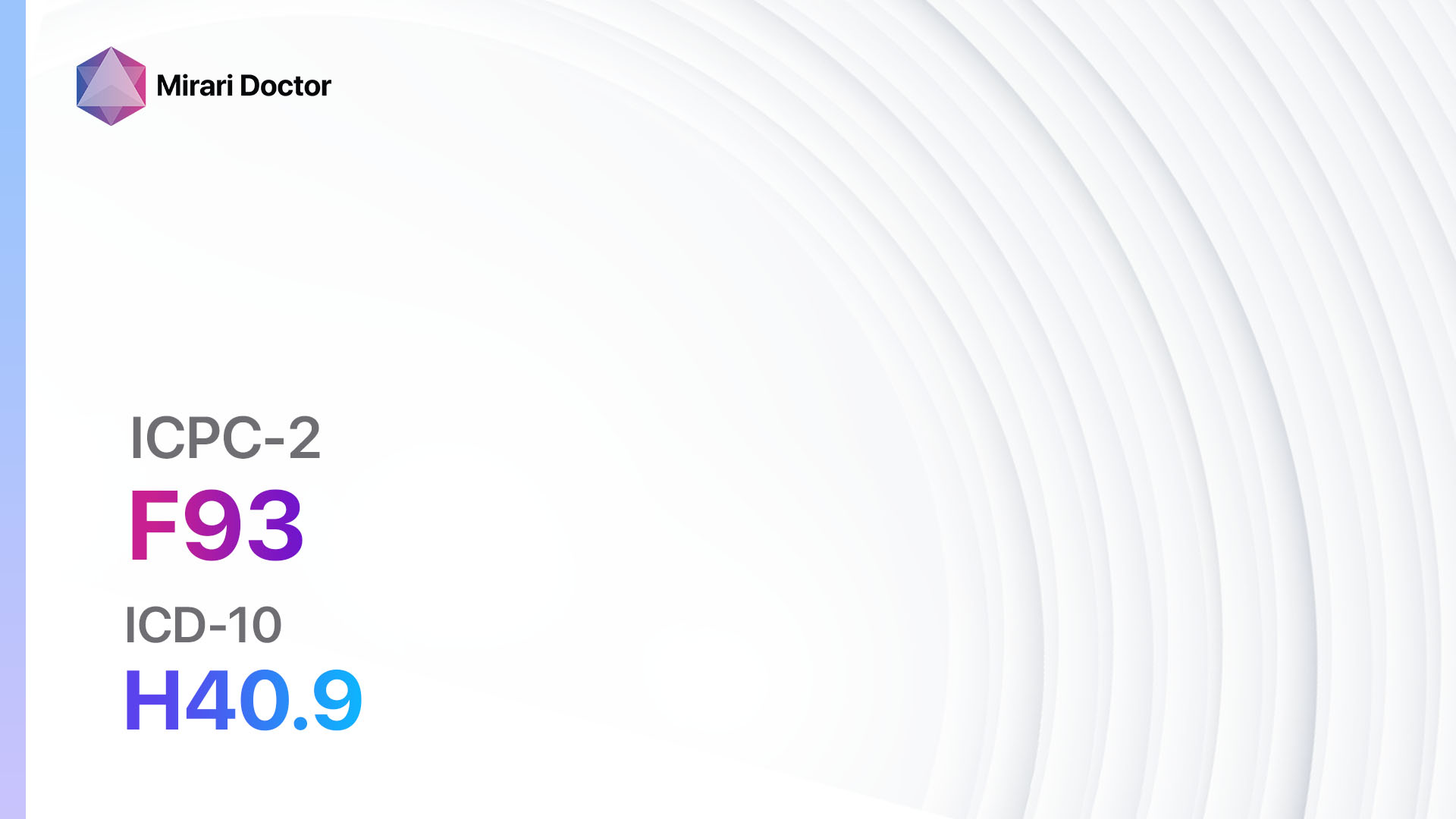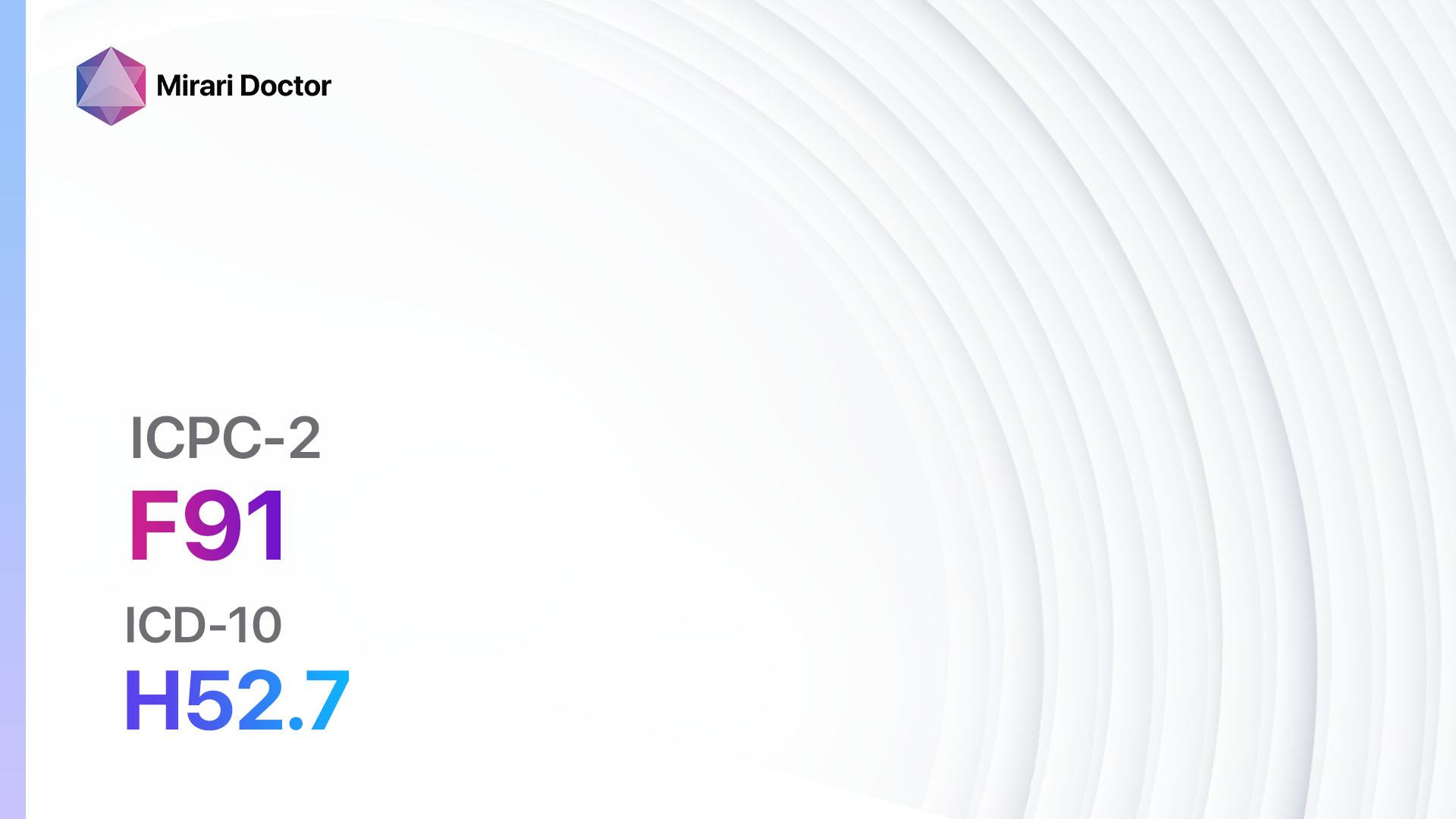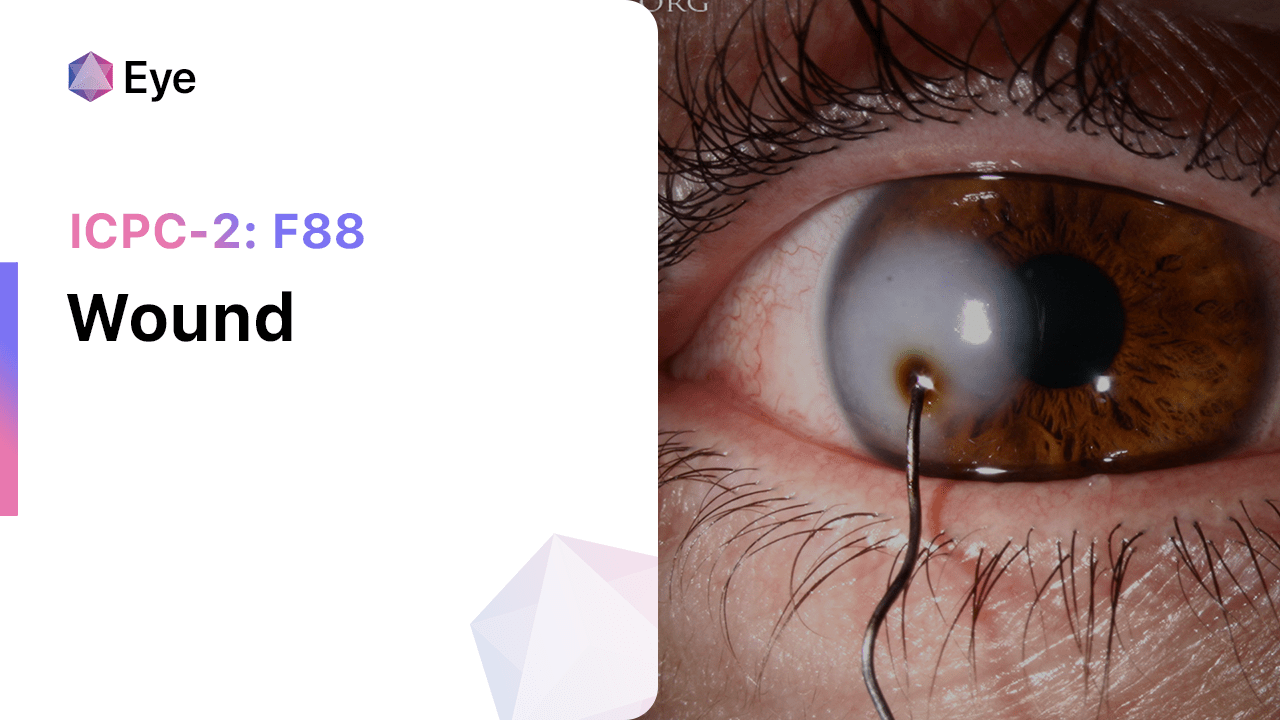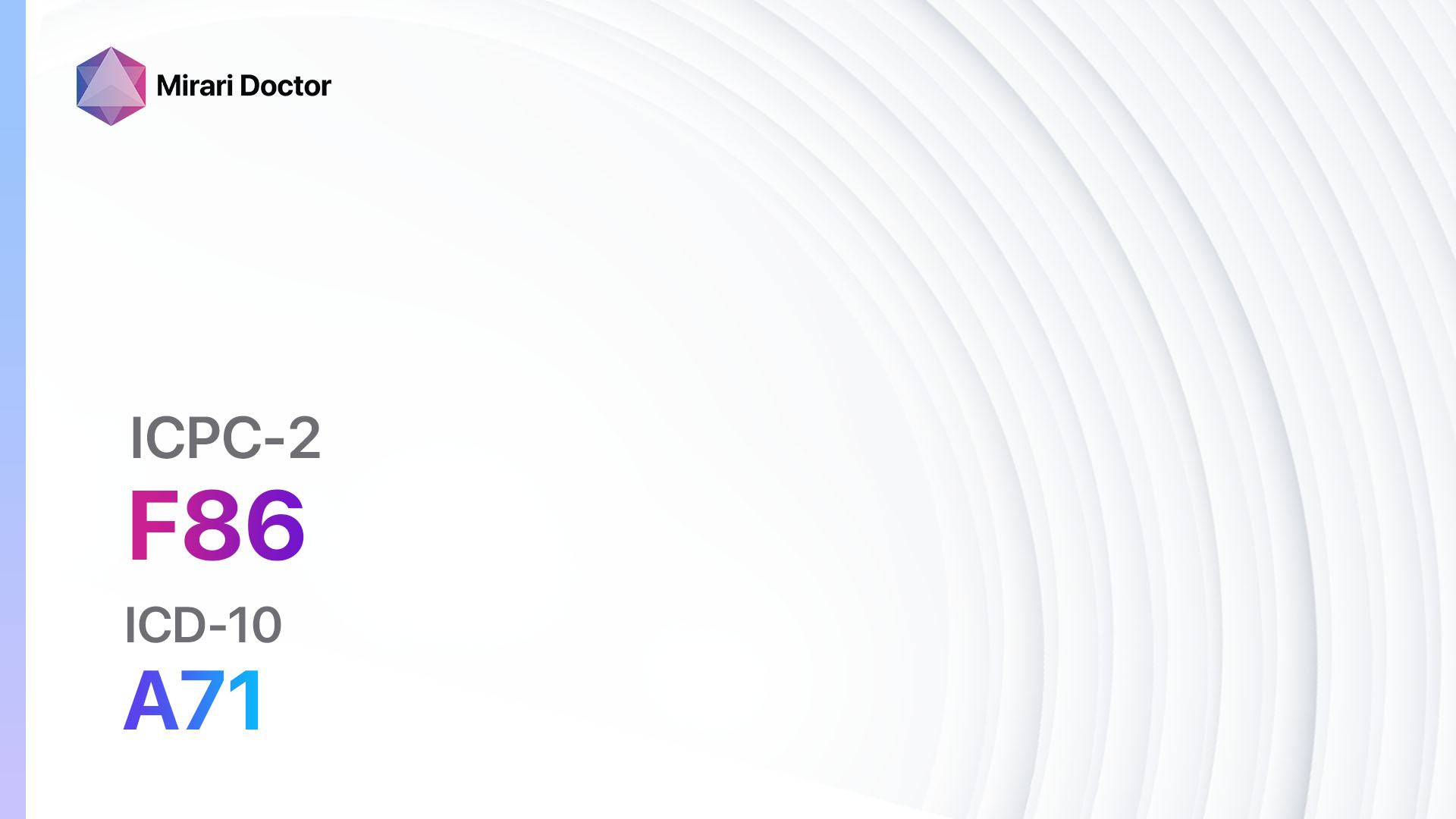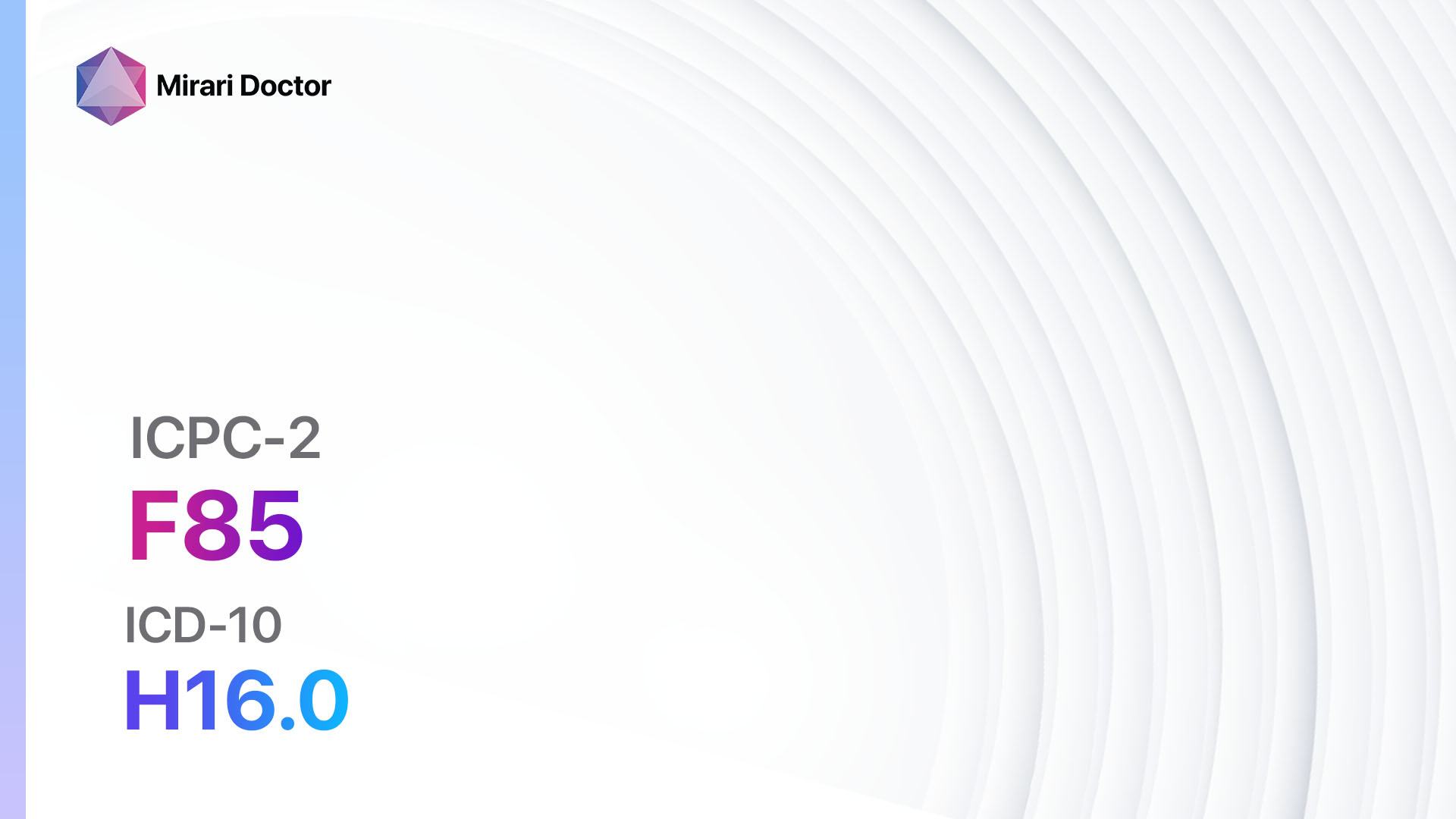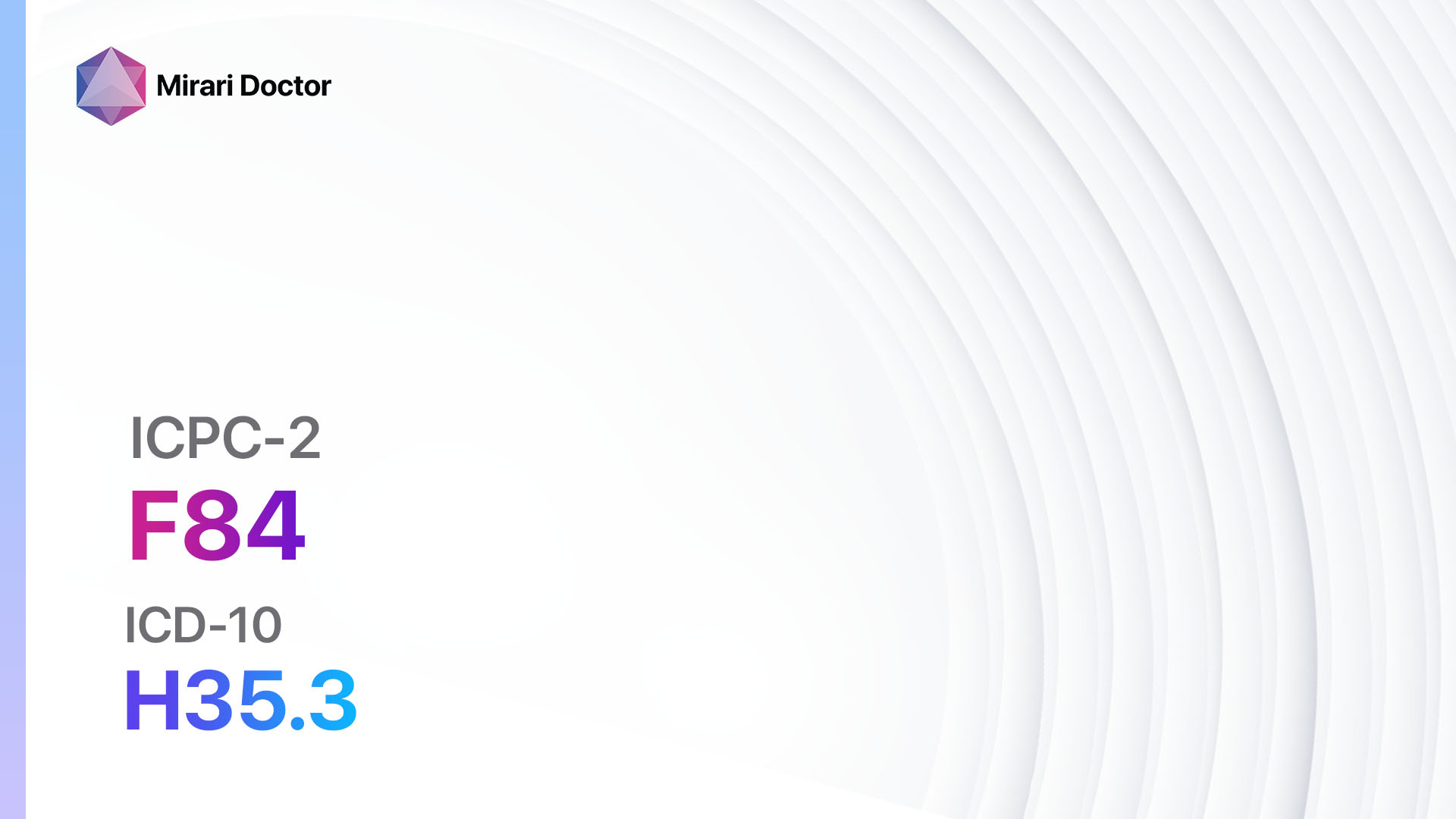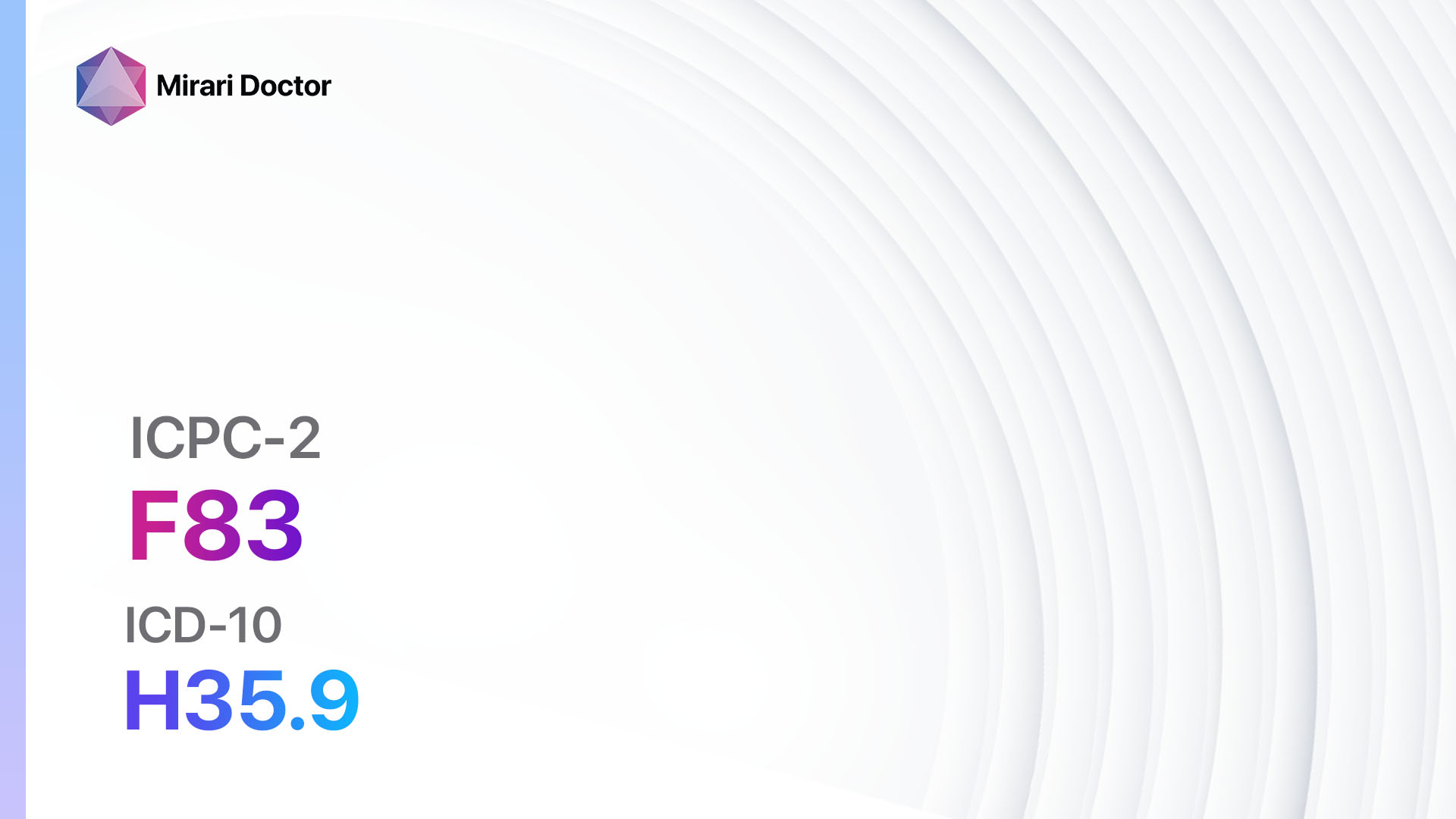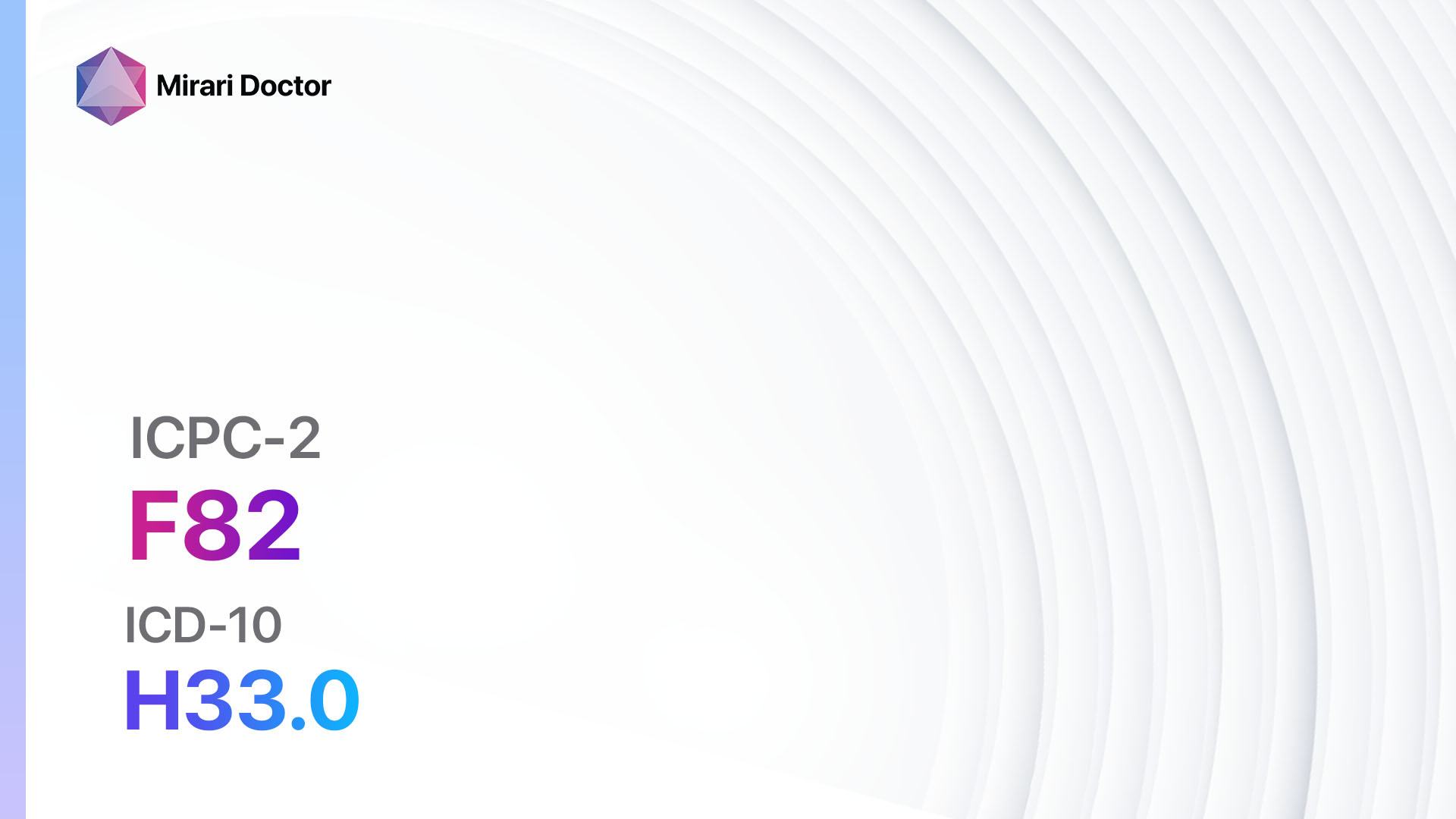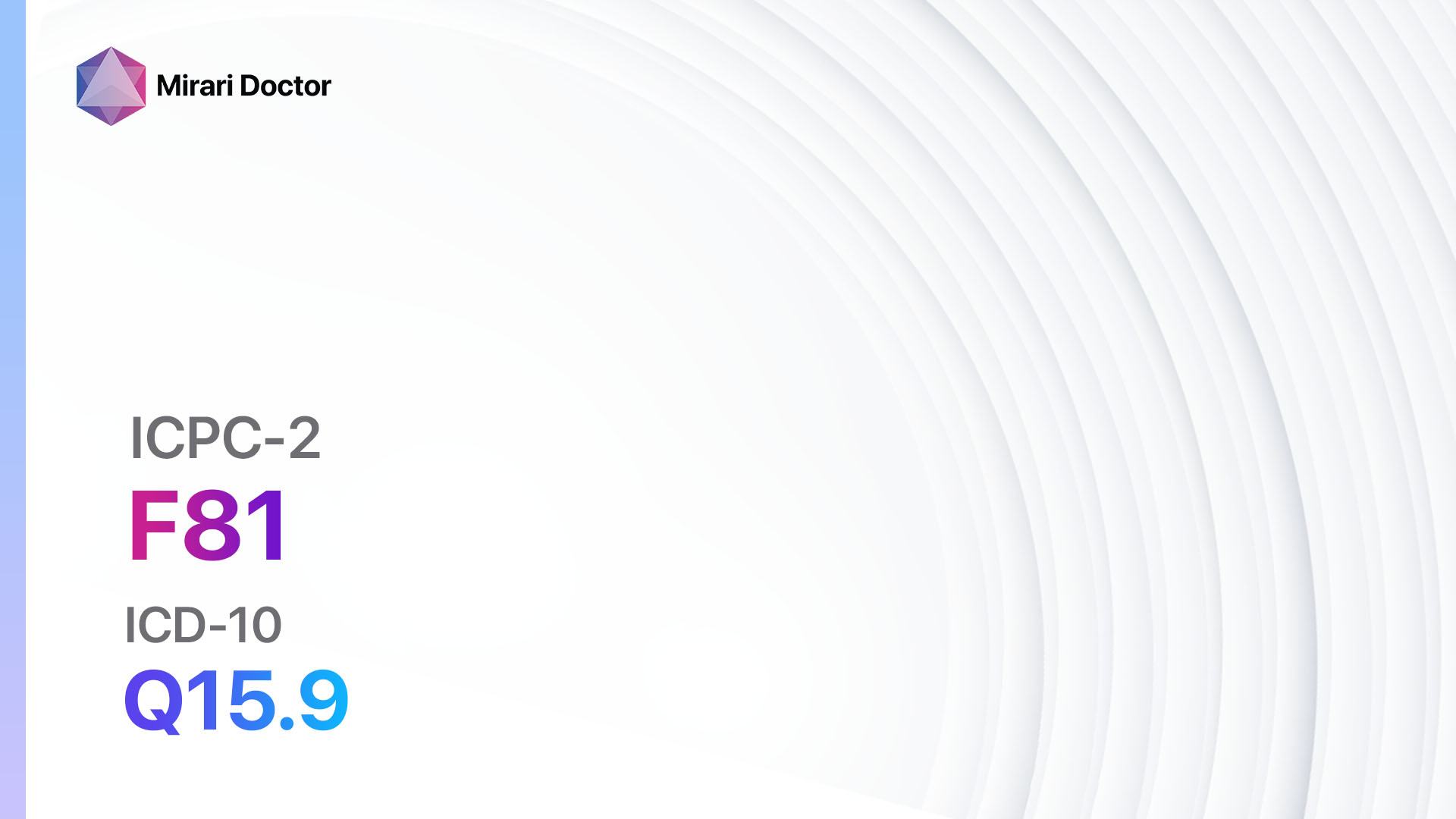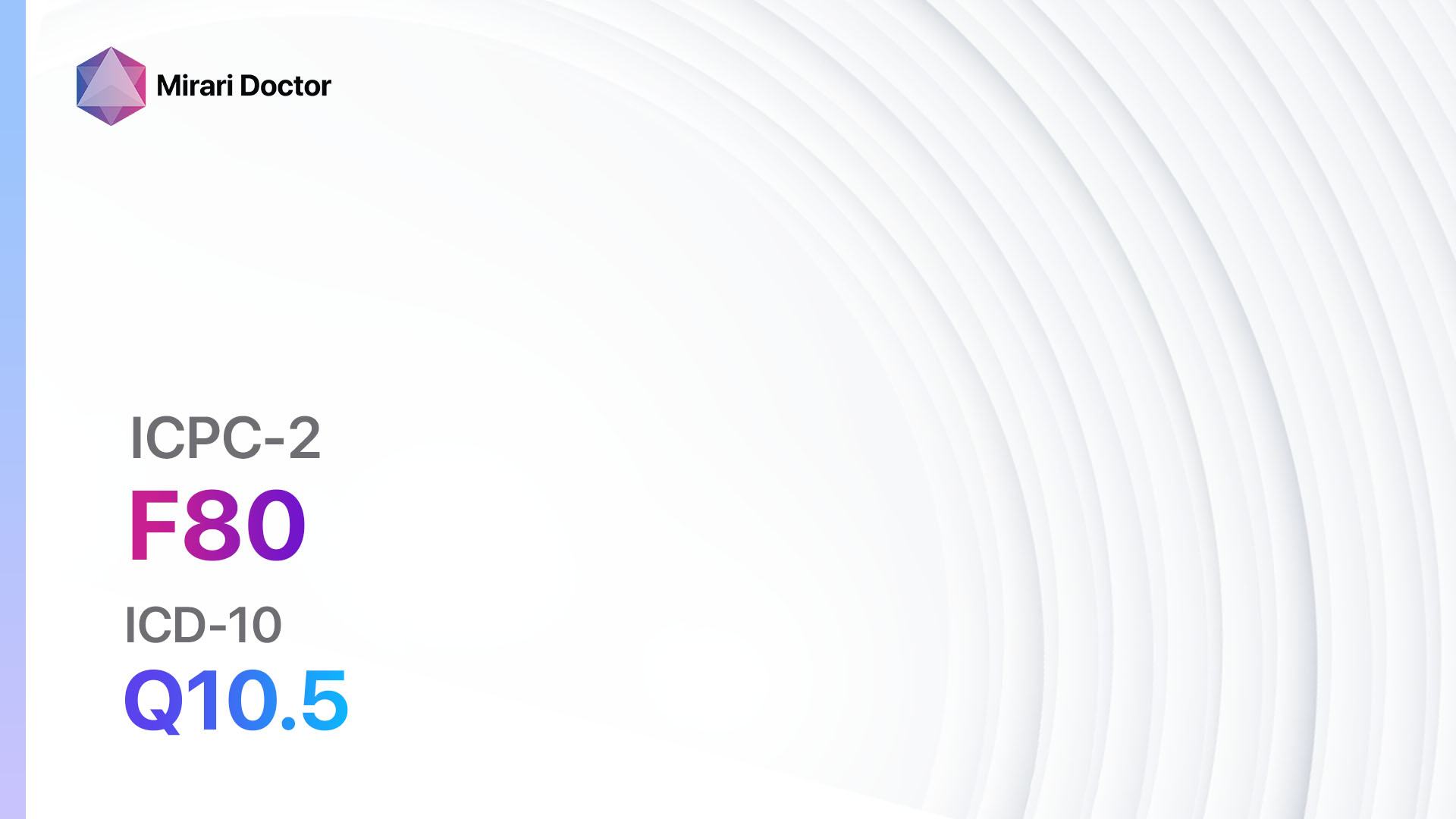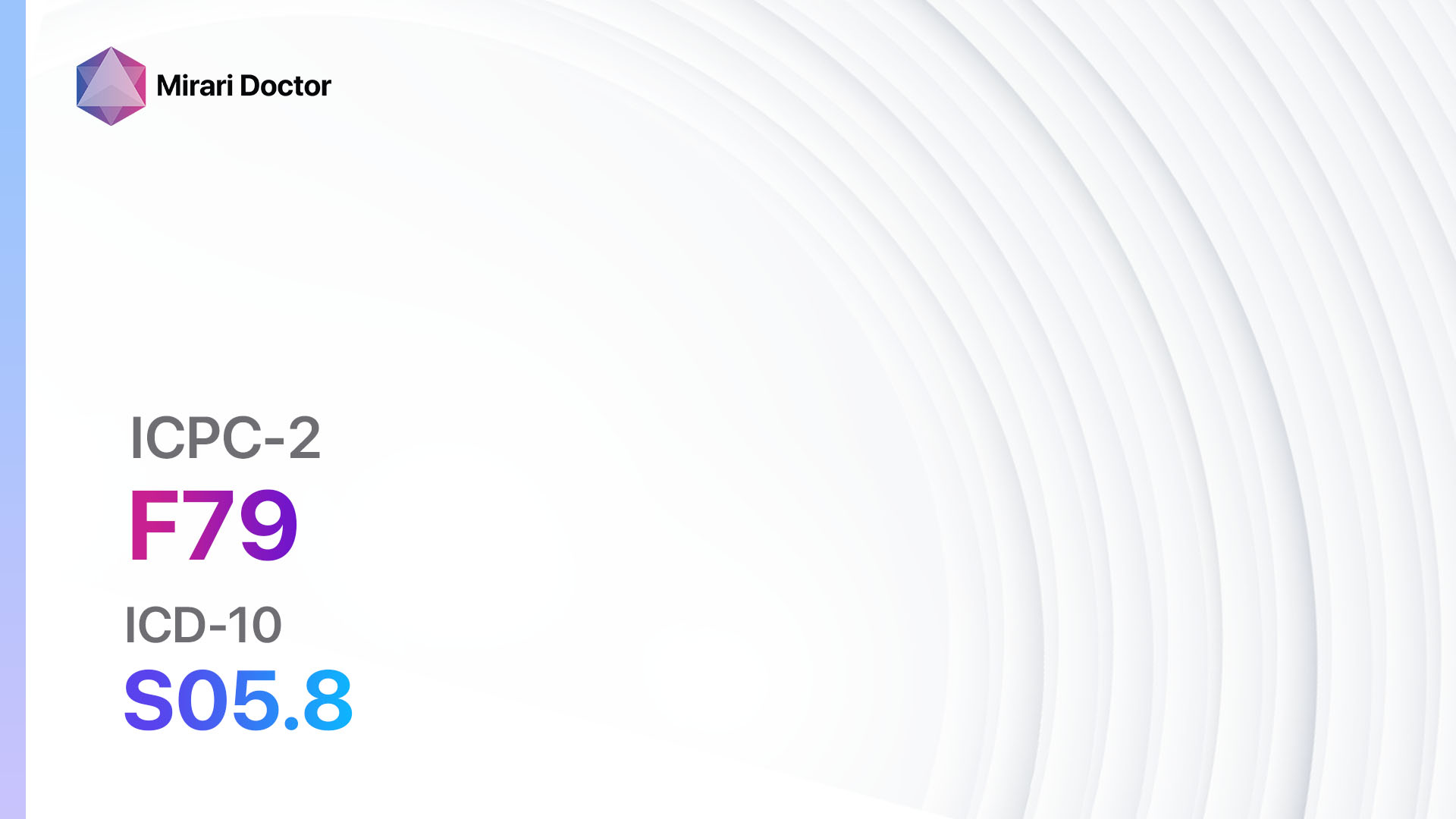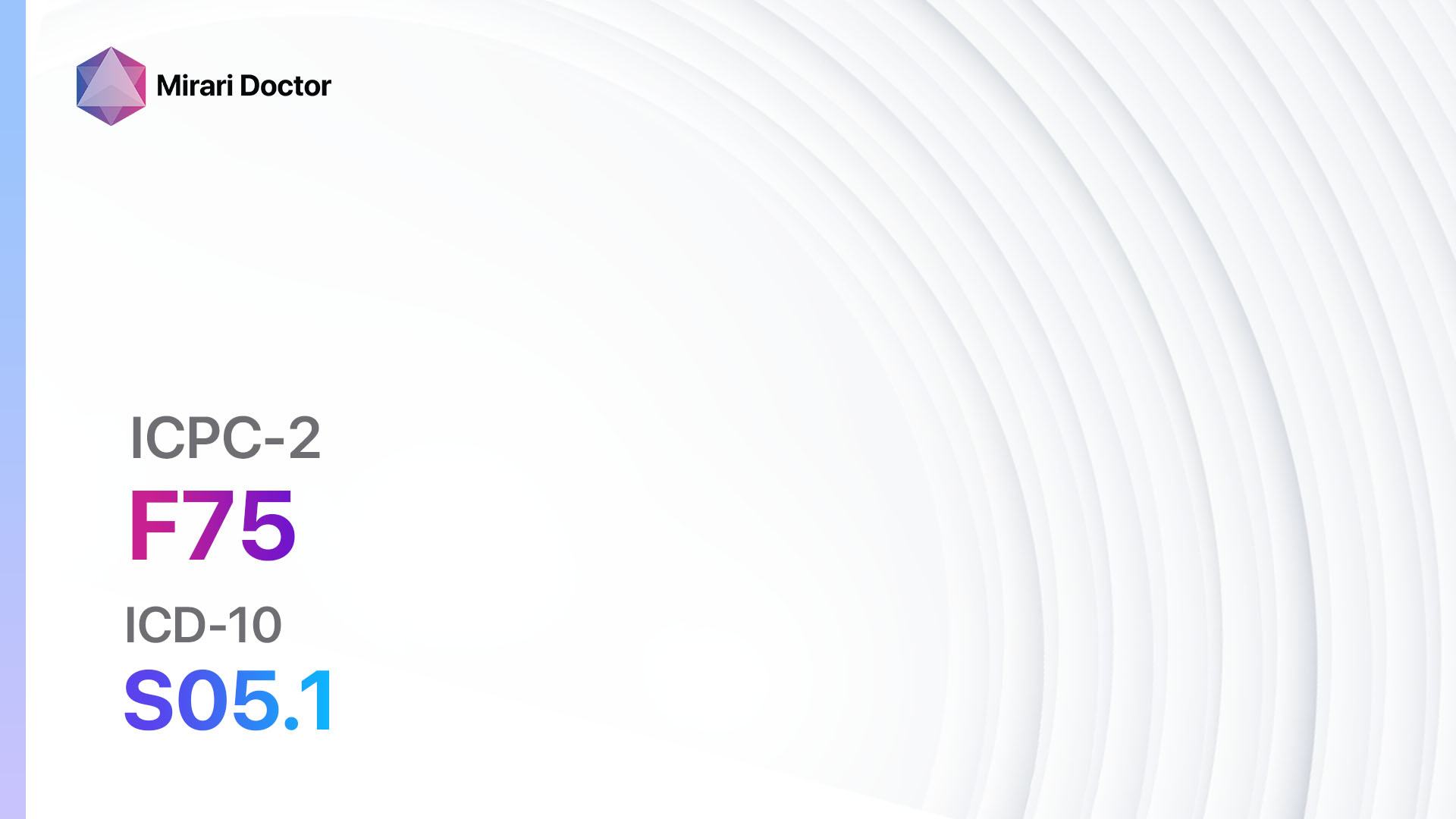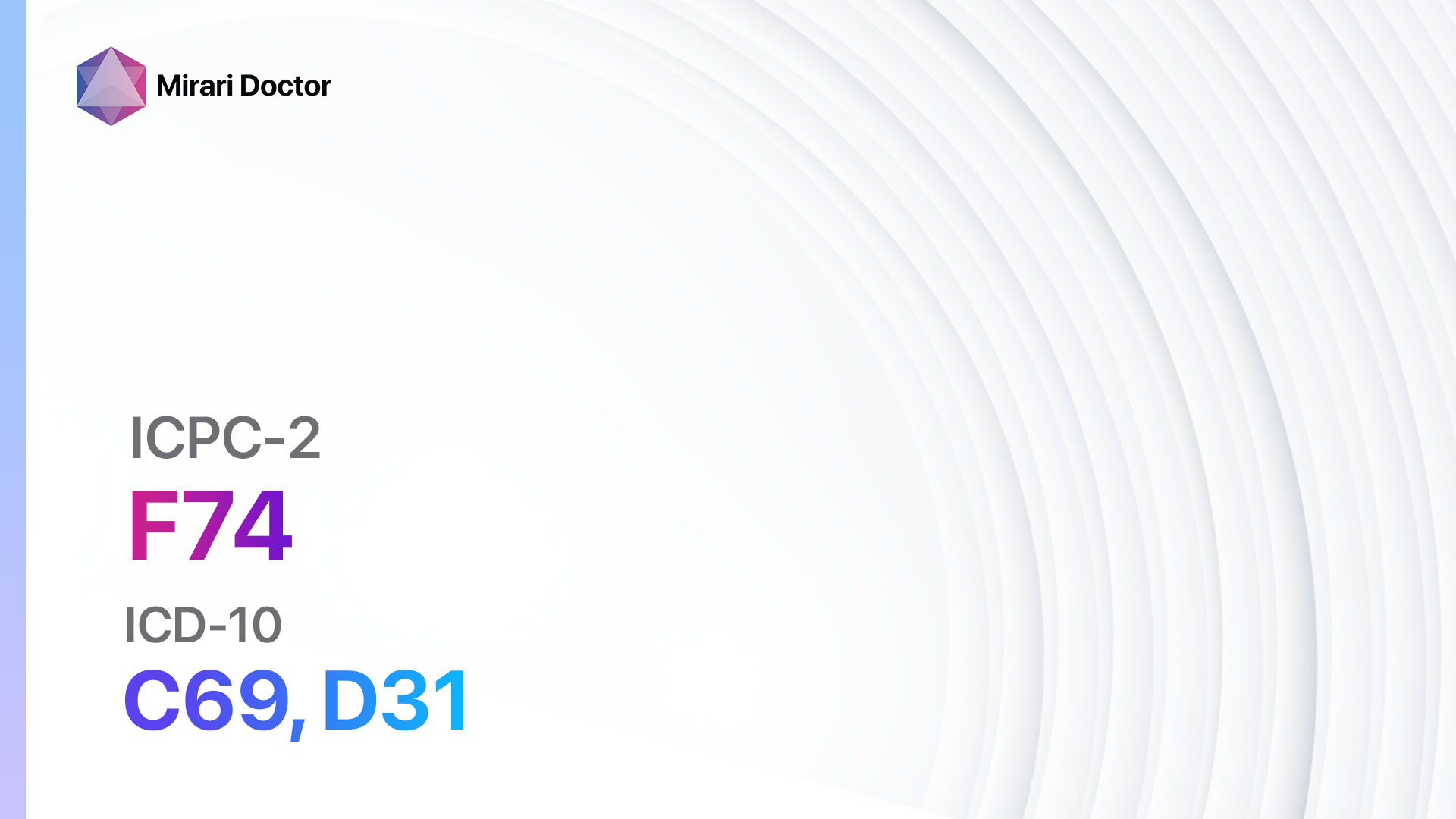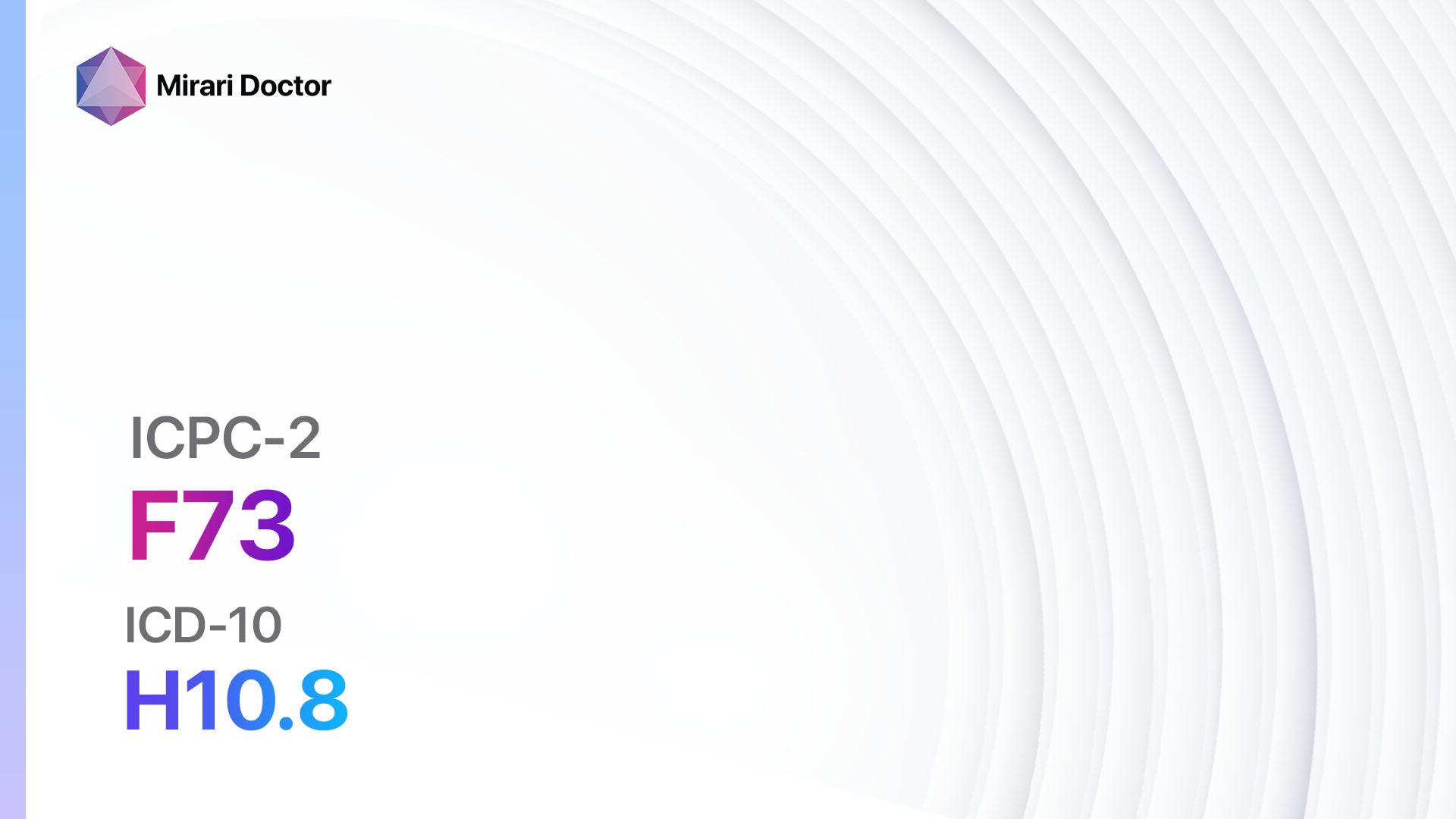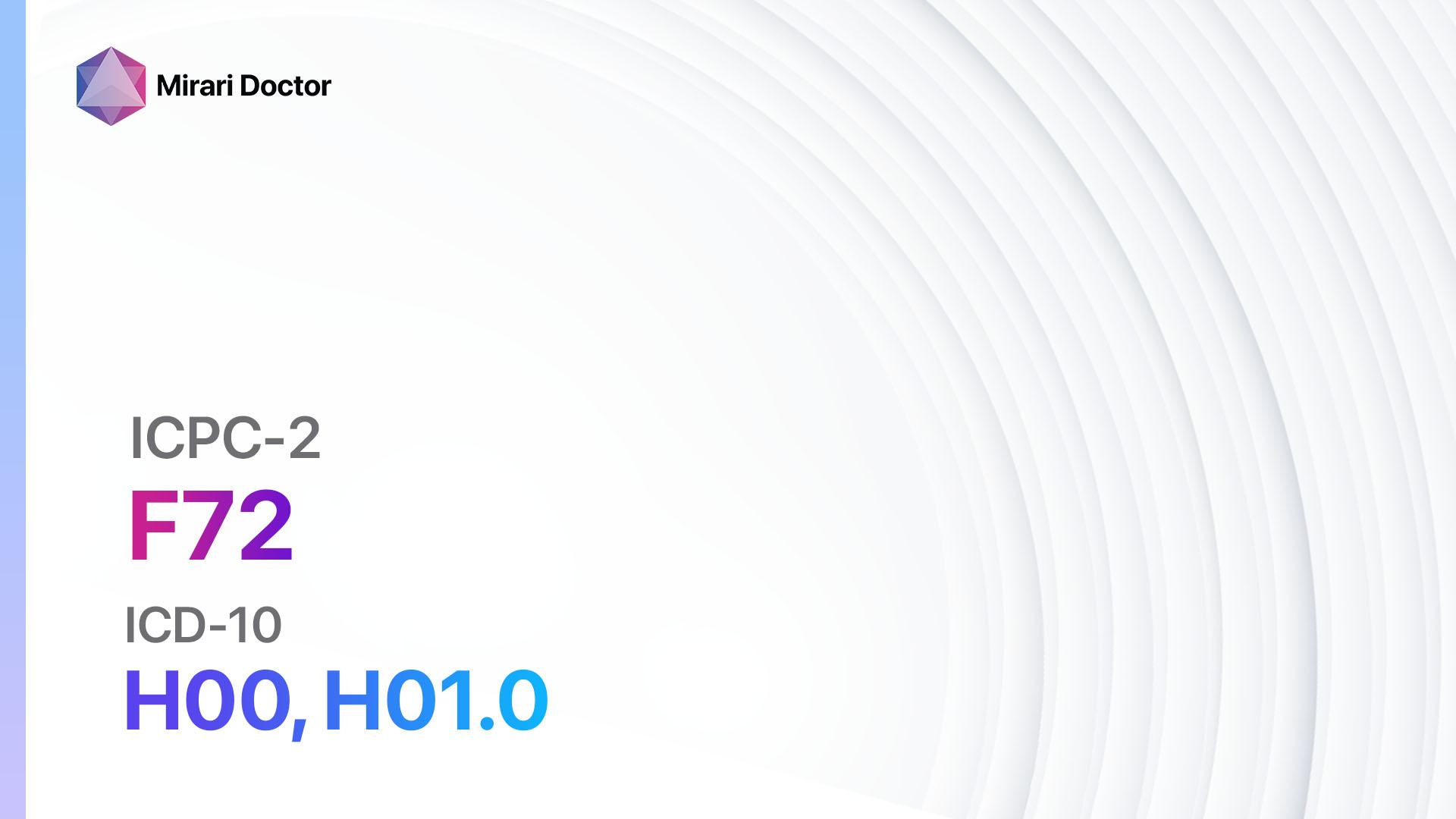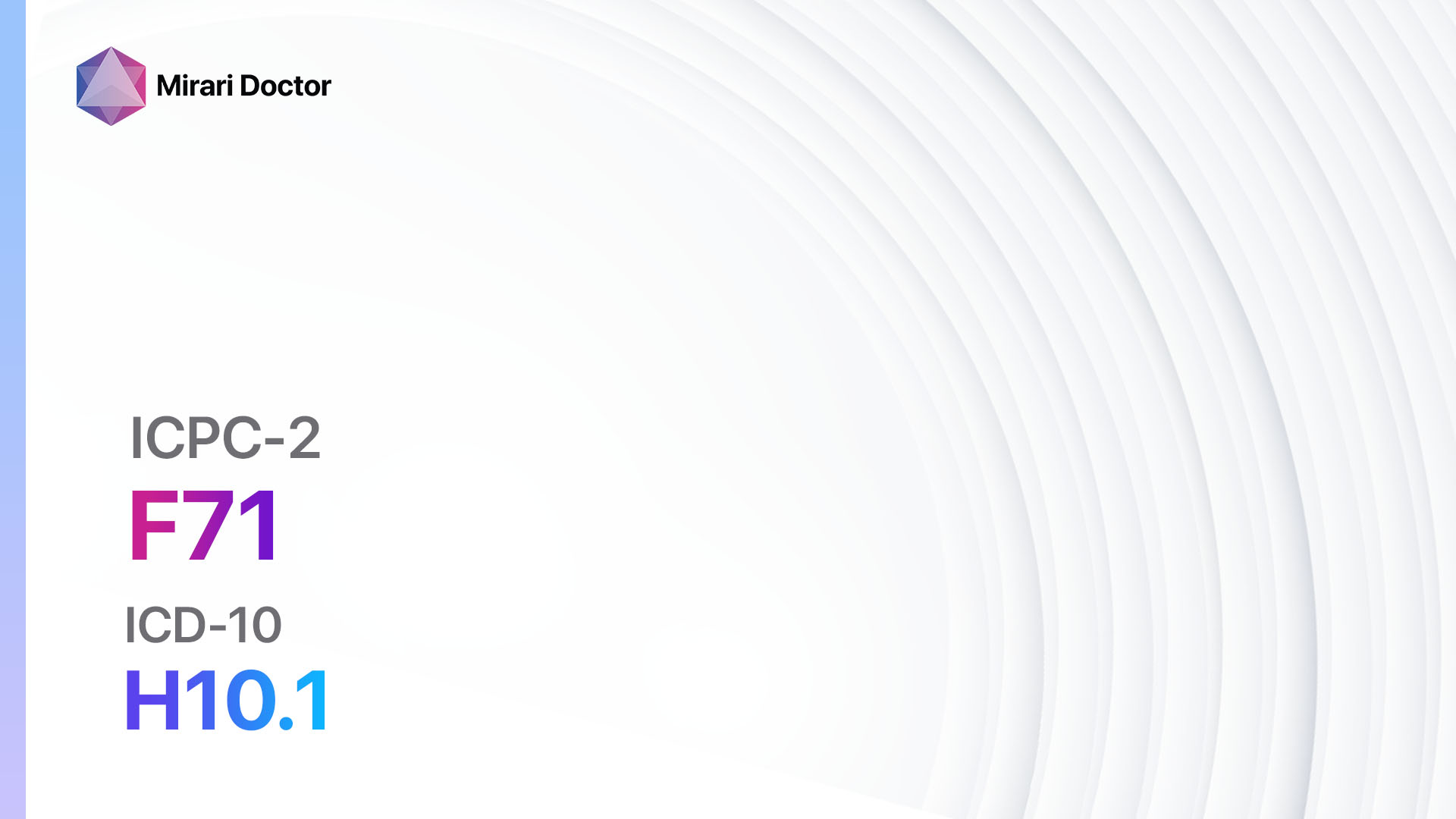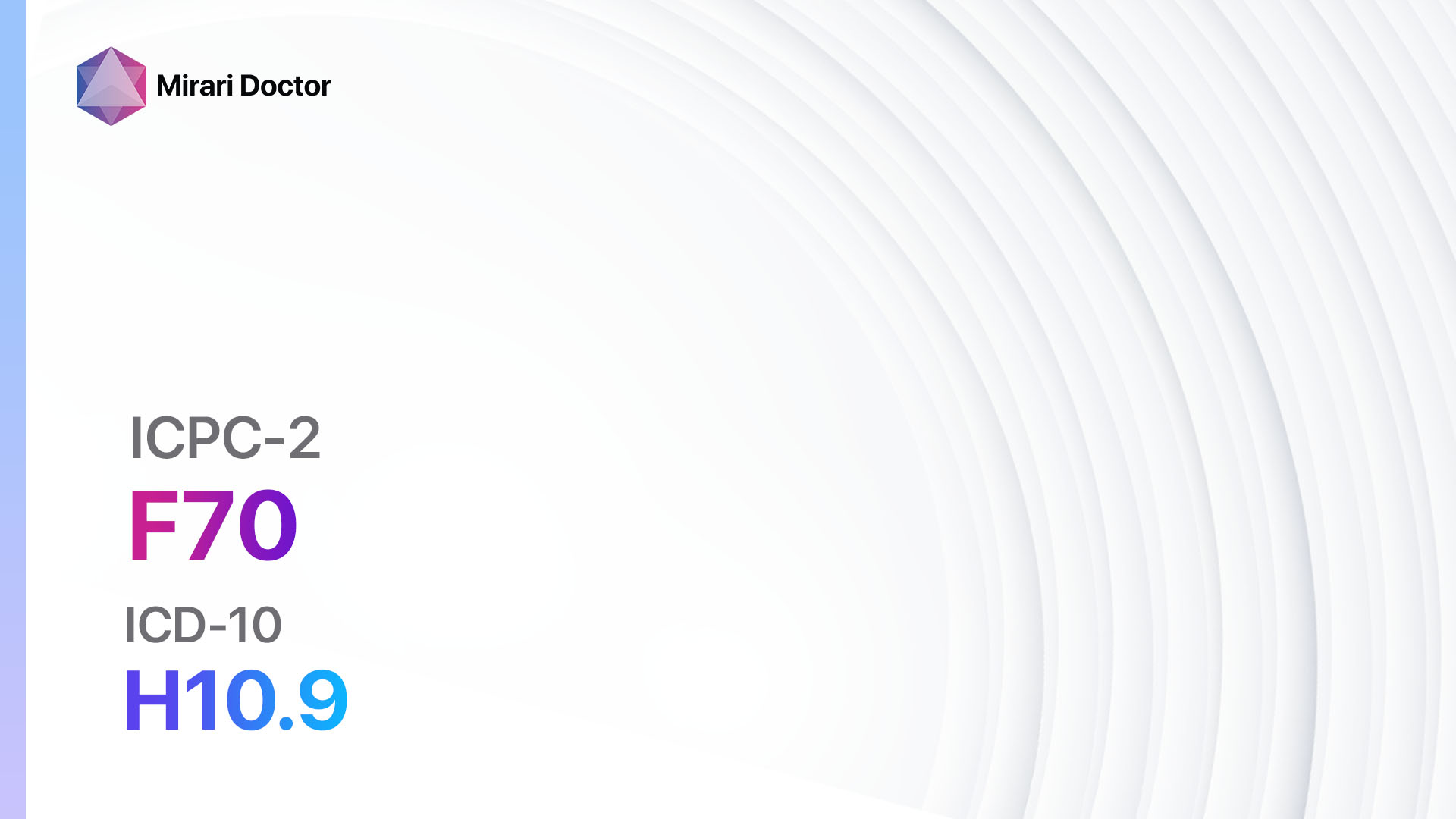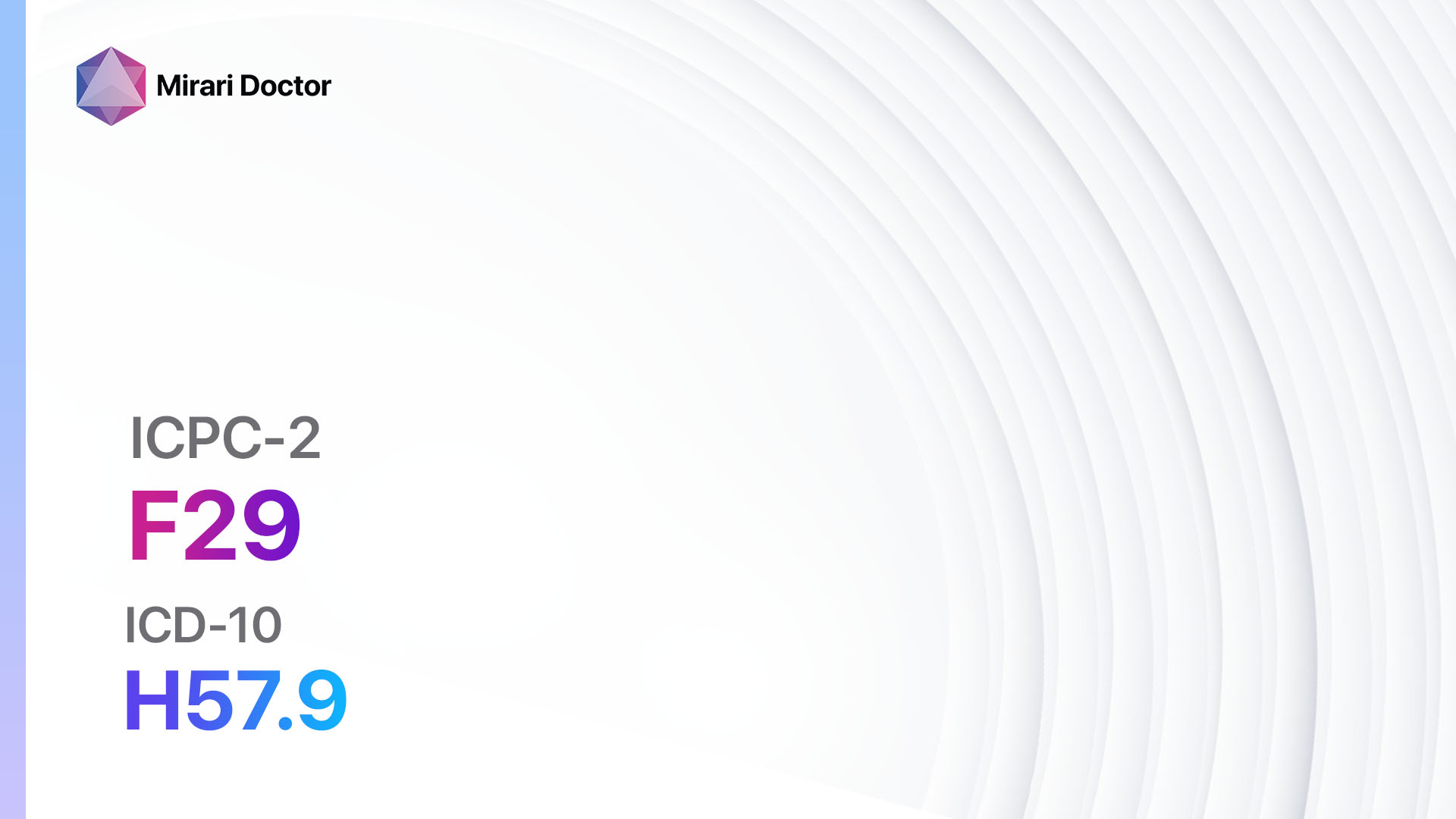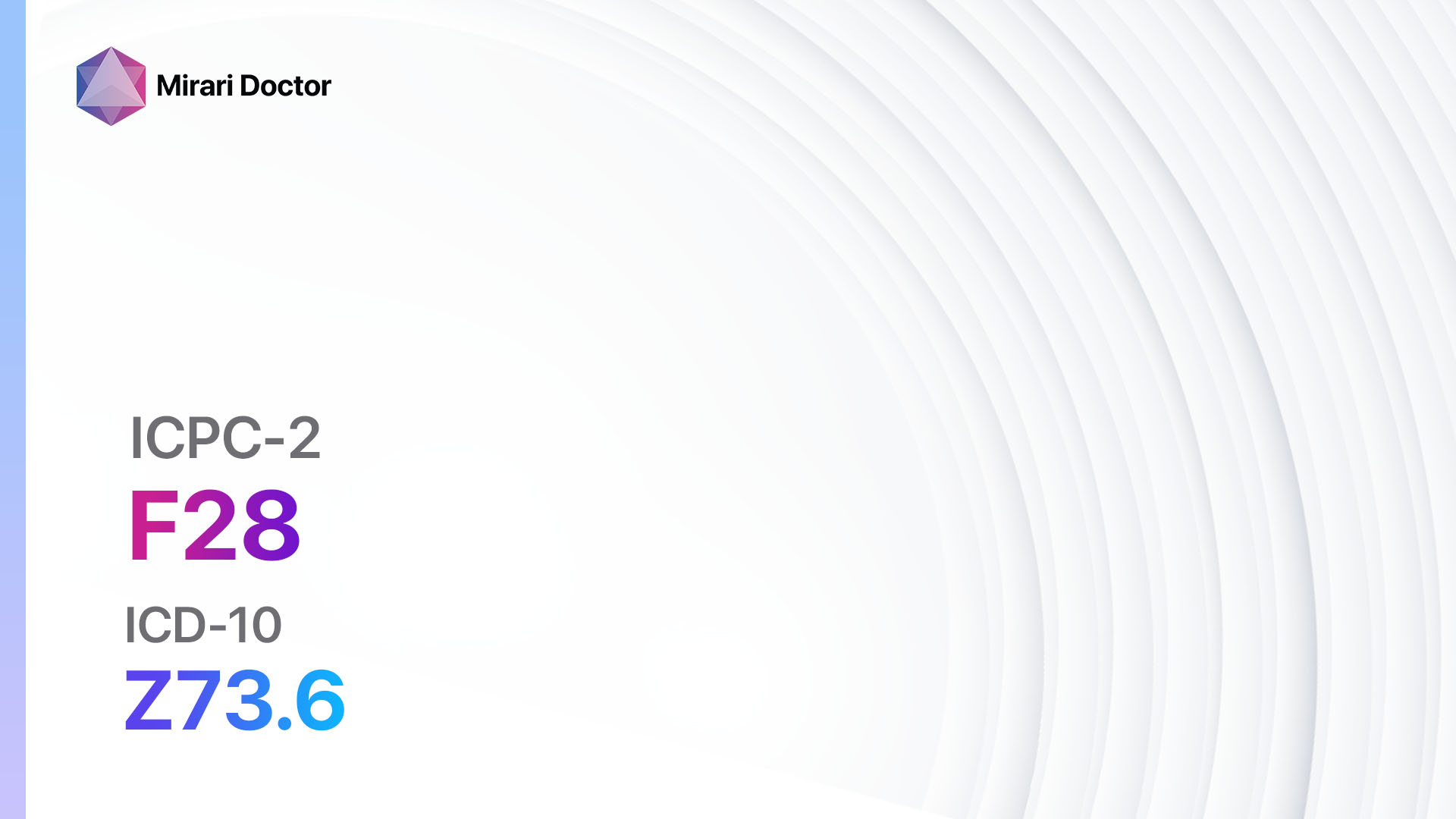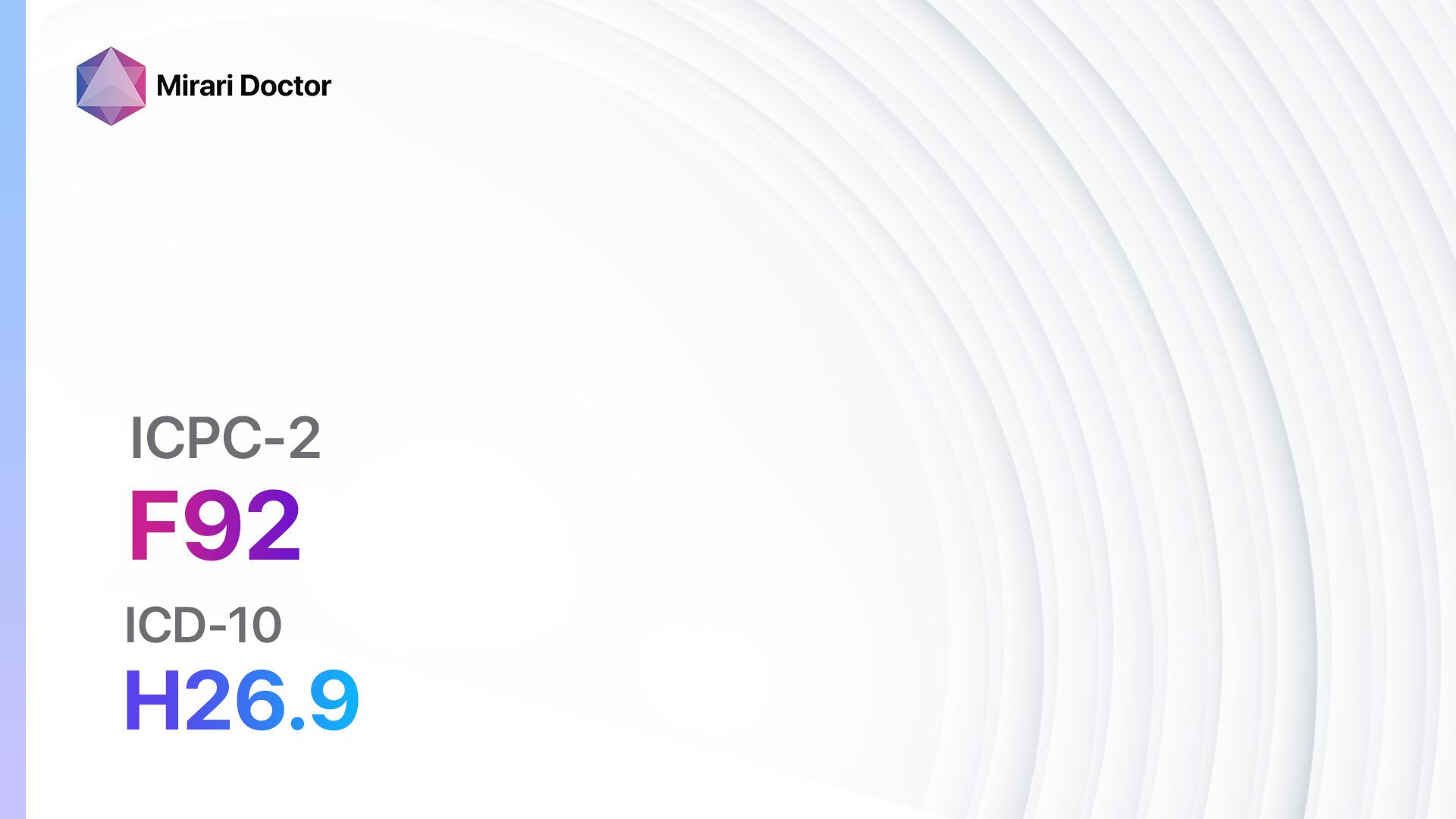
Introduction
Cataract is a common eye condition that causes clouding of the lens, leading to blurry vision and difficulty seeing clearly[1]. It is one of the leading causes of vision loss worldwide and can significantly impact a person’s quality of life[2]. The aim of this guide is to provide a comprehensive overview of cataract, including its symptoms, causes, diagnostic steps, possible interventions, and lifestyle modifications that can help manage the condition.
Codes
Symptoms
- Blurry or cloudy vision[5]
- Difficulty seeing at night or in dim lighting[6]
- Sensitivity to glare[7]
- Colors appearing faded or yellowed[8]
- Double vision in one eye[9]
- Frequent changes in eyeglass or contact lens prescription[10]
Causes
- Aging: Cataracts are most commonly associated with aging and are more prevalent in individuals over the age of 60.
- Genetics: Some people may be genetically predisposed to developing cataracts.
- Trauma: Eye injuries can increase the risk of developing cataracts.
- Medical conditions: Certain medical conditions, such as diabetes or high blood pressure, can increase the risk of cataract formation.
- Medications: Long-term use of certain medications, such as corticosteroids, can increase the risk of cataracts.
Diagnostic Steps
Medical History
- Gather information about the patient’s age, family history of cataracts, and any underlying medical conditions.
- Ask about symptoms, such as blurry vision, sensitivity to light, or difficulty seeing at night.
- Inquire about any history of eye trauma or previous eye surgeries.
Physical Examination
- Perform a comprehensive eye examination, including visual acuity testing, to assess the patient’s vision.
- Evaluate the lens for cloudiness and any other abnormalities.
- Check for signs of other eye conditions that may be contributing to the symptoms.
Laboratory Tests
- No specific laboratory tests are required for diagnosing cataracts.
Diagnostic Imaging
- No specific imaging modalities are necessary for diagnosing cataracts.
Other Tests
- Additional tests, such as a slit-lamp examination or a dilated eye exam, may be performed to assess the severity and extent of the cataract.
Follow-up and Patient Education
- Schedule regular follow-up appointments to monitor the progression of the cataract and assess any changes in vision.
- Educate the patient about the importance of protecting their eyes from UV radiation and wearing sunglasses.
- Discuss the potential need for surgical intervention if the cataract significantly affects the patient’s vision and quality of life.
Possible Interventions
Traditional Interventions
Medications:
Top 5 drugs for Cataract:
- No medications are available to treat or reverse cataracts. Surgery is the only effective treatment for cataracts.
Alternative Drugs :
- No alternative drugs are available for the treatment of cataracts.
Surgical Procedures:
- Cataract surgery: Involves removing the cloudy lens and replacing it with an artificial lens called an intraocular lens (IOL). Cost: $3,000 to $5,000 per eye.
Alternative Interventions
- There are no alternative interventions that have been proven to effectively treat or reverse cataracts. Some alternative therapies, such as eye drops or supplements, may claim to improve vision, but their effectiveness is not supported by scientific evidence.
Lifestyle Interventions
- Protect your eyes from UV radiation by wearing sunglasses that block 100% of UVA and UVB rays. Cost: $10-$200 depending on the brand and quality of sunglasses.
- Eat a healthy diet rich in fruits and vegetables, which may help maintain overall eye health. Cost: Varies depending on food choices.
- Quit smoking, as smoking has been linked to an increased risk of cataract formation. Cost: Varies depending on smoking cessation methods.
- Manage underlying medical conditions, such as diabetes or high blood pressure, to reduce the risk of cataracts. Cost: Varies depending on the specific medical condition and treatment required.
- Maintain a healthy weight and engage in regular physical activity, as obesity and a sedentary lifestyle have been associated with an increased risk of cataracts. Cost: Varies depending on individual preferences for exercise and fitness activities.
It is important to note that the cost ranges provided are approximate and may vary depending on the location and availability of the interventions.
Mirari Cold Plasma Alternative Intervention
Understanding Mirari Cold Plasma
- Safe and Non-Invasive Treatment: Mirari Cold Plasma is a safe and non-invasive treatment option for various skin conditions. It does not require incisions, minimizing the risk of scarring, bleeding, or tissue damage.
- Efficient Extraction of Foreign Bodies: Mirari Cold Plasma facilitates the removal of foreign bodies from the skin by degrading and dissociating organic matter, allowing easier access and extraction.
- Pain Reduction and Comfort: Mirari Cold Plasma has a local analgesic effect, providing pain relief during the treatment, making it more comfortable for the patient.
- Reduced Risk of Infection: Mirari Cold Plasma has antimicrobial properties, effectively killing bacteria and reducing the risk of infection.
- Accelerated Healing and Minimal Scarring: Mirari Cold Plasma stimulates wound healing and tissue regeneration, reducing healing time and minimizing the formation of scars.
Mirari Cold Plasma Prescription
Video instructions for using Mirari Cold Plasma Device – F92 Cataract (ICD-10:H26.9)
| Mild | Moderate | Severe |
| Mode setting: 1 (Infection) Location: 7 (Neuro system & ENT) Morning: 15 minutes, Evening: 15 minutes |
Mode setting: 1 (Infection) Location: 7 (Neuro system & ENT) Morning: 30 minutes, Lunch: 30 minutes, Evening: 30 minutes |
Mode setting: 1 (Infection) Location: 7 (Neuro system & ENT) Morning: 30 minutes, Lunch: 30 minutes, Evening: 30 minutes |
| Mode setting: 2 (Wound Healing) Location: 7 (Neuro system & ENT) Morning: 15 minutes, Evening: 15 minutes |
Mode setting: 2 (Wound Healing) Location: 7 (Neuro system & ENT) Morning: 30 minutes, Lunch: 30 minutes, Evening: 30 minutes |
Mode setting: 2 (Wound Healing) Location: 7 (Neuro system & ENT) Morning: 30 minutes, Lunch: 30 minutes, Evening: 30 minutes |
| Mode setting: 3 (Antiviral Therapy) Location: 7 (Neuro system & ENT) Morning: 15 minutes, Evening: 15 minutes |
Mode setting: 3 (Antiviral Therapy) Location: 7 (Neuro system & ENT) Morning: 30 minutes, Lunch: 30 minutes, Evening: 30 minutes |
Mode setting: 3 (Antiviral Therapy) Location: 7 (Neuro system & ENT) Morning: 30 minutes, Lunch: 30 minutes, Evening: 30 minutes |
| Total Morning: 45 minutes approx. $7.50 USD, Evening: 45 minutes approx. $7.50 USD |
Total Morning: 90 minutes approx. $15 USD, Lunch: 90 minutes approx. $15 USD, Evening: 90 minutes approx. $15 USD, |
Total Morning: 90 minutes approx. $15 USD, Lunch: 90 minutes approx. $15 USD, Evening: 90 minutes approx. $15 USD, |
| Usual treatment for 7-60 days approx. $105 USD – $900 USD | Usual treatment for 6-8 weeks approx. $1,890 USD – $2,520 USD |
Usual treatment for 3-6 months approx. $4,050 USD – $8,100 USD
|
 |
|
Use the Mirari Cold Plasma device to treat Cataract effectively.
WARNING: MIRARI COLD PLASMA IS DESIGNED FOR THE HUMAN BODY WITHOUT ANY ARTIFICIAL OR THIRD PARTY PRODUCTS. USE OF OTHER PRODUCTS IN COMBINATION WITH MIRARI COLD PLASMA MAY CAUSE UNPREDICTABLE EFFECTS, HARM OR INJURY. PLEASE CONSULT A MEDICAL PROFESSIONAL BEFORE COMBINING ANY OTHER PRODUCTS WITH USE OF MIRARI.
Step 1: Cleanse the Skin
- Start by cleaning the affected area of the skin with a gentle cleanser or mild soap and water. Gently pat the area dry with a clean towel.
Step 2: Prepare the Mirari Cold Plasma device
- Ensure that the Mirari Cold Plasma device is fully charged or has fresh batteries as per the manufacturer’s instructions. Make sure the device is clean and in good working condition.
- Switch on the Mirari device using the power button or by following the specific instructions provided with the device.
- Some Mirari devices may have adjustable settings for intensity or treatment duration. Follow the manufacturer’s instructions to select the appropriate settings based on your needs and the recommended guidelines.
Step 3: Apply the Device
- Place the Mirari device in direct contact with the affected area of the skin. Gently glide or hold the device over the skin surface, ensuring even coverage of the area experiencing.
- Slowly move the Mirari device in a circular motion or follow a specific pattern as indicated in the user manual. This helps ensure thorough treatment coverage.
Step 4: Monitor and Assess:
- Keep track of your progress and evaluate the effectiveness of the Mirari device in managing your Cataract. If you have any concerns or notice any adverse reactions, consult with your health care professional.
Note
This guide is for informational purposes only and should not replace the advice of a medical professional. Always consult with your healthcare provider or a qualified medical professional for personal advice, diagnosis, or treatment. Do not solely rely on the information presented here for decisions about your health. Use of this information is at your own risk. The authors of this guide, nor any associated entities or platforms, are not responsible for any potential adverse effects or outcomes based on the content.
Mirari Cold Plasma System Disclaimer
- Purpose: The Mirari Cold Plasma System is a Class 2 medical device designed for use by trained healthcare professionals. It is registered for use in Thailand and Vietnam. It is not intended for use outside of these locations.
- Informational Use: The content and information provided with the device are for educational and informational purposes only. They are not a substitute for professional medical advice or care.
- Variable Outcomes: While the device is approved for specific uses, individual outcomes can differ. We do not assert or guarantee specific medical outcomes.
- Consultation: Prior to utilizing the device or making decisions based on its content, it is essential to consult with a Certified Mirari Tele-Therapist and your medical healthcare provider regarding specific protocols.
- Liability: By using this device, users are acknowledging and accepting all potential risks. Neither the manufacturer nor the distributor will be held accountable for any adverse reactions, injuries, or damages stemming from its use.
- Geographical Availability: This device has received approval for designated purposes by the Thai and Vietnam FDA. As of now, outside of Thailand and Vietnam, the Mirari Cold Plasma System is not available for purchase or use.
References
- Cataracts. (2021). National Eye Institute. https://www.nei.nih.gov/learn-about-eye-health/eye-conditions-and-diseases/cataracts
- Flaxman, S. R., Bourne, R. R., Resnikoff, S., Ackland, P., Braithwaite, T., Cicinelli, M. V., … & Vision Loss Expert Group of the Global Burden of Disease Study. (2017). Global causes of blindness and distance vision impairment 1990–2020: a systematic review and meta-analysis. The Lancet Global Health, 5(12), e1221-e1234.
- ICPC-2 Codes. (n.d.). RxReasoner. https://www.rxreasoner.com/icpc2codes/component/O
- H26.9 – Unspecified cataract | ICD-10-CM. (n.d.). Unbound Medicine. https://www.unboundmedicine.com/icd/view/ICD-10-CM/929558/all/H26_9___Unspecified_cataract
- Cataracts: Signs, Symptoms & Treatment Options. (n.d.). Cleveland Clinic. https://my.clevelandclinic.org/health/diseases/8589-cataracts-age-related
- Cataracts. (n.d.). Johns Hopkins Medicine. https://www.hopkinsmedicine.org/health/conditions-and-diseases/cataracts
- Shiels, A., & Hejtmancik, J. F. (2017). Mutations and mechanisms in congenital and age-related cataracts. Experimental eye research, 156, 95-102.
- How are Cataracts Diagnosed?. (2018). North Florida Cataract and Vision. https://www.northfloridavision.com/blog/post/2018/01/28/How-are-Cataracts-Diagnosed.aspx
- How to Diagnose and Treat Cataracts. (n.d.). WebMD. https://www.webmd.com/eye-health/cataracts/diagnose-treat-cataracts
- How are Cataracts Diagnosed?. (2018). North Florida Cataract and Vision. https://www.northfloridavision.com/blog/post/2018/01/28/How-are-Cataracts-Diagnosed.aspx
Related articles
Made in USA


